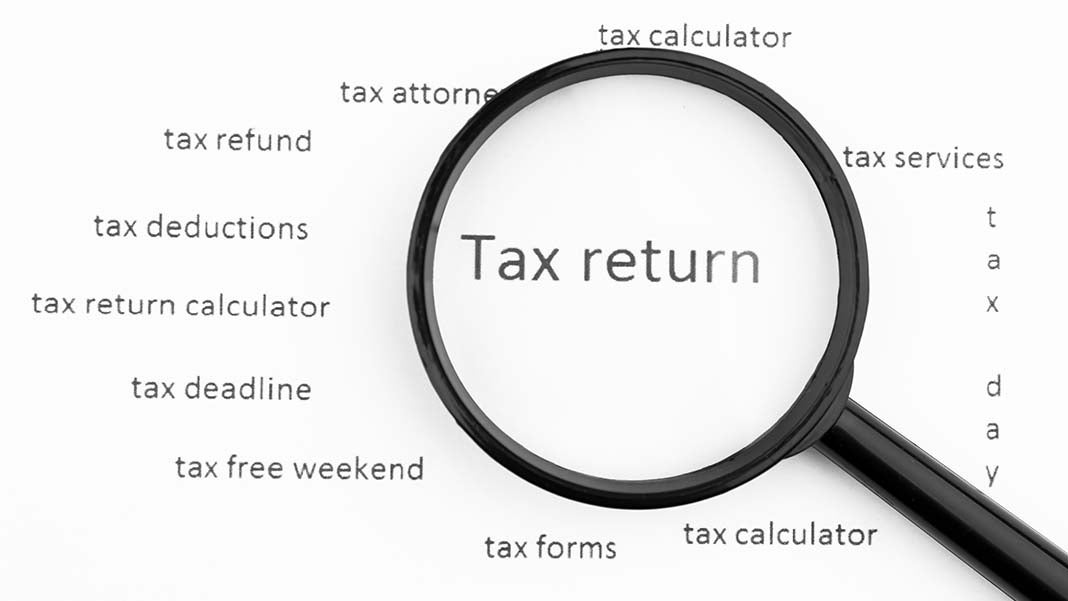
Now that sweeping new tax legislation has been enacted by Congress and signed into law by the President, tax experts are taking a closer look at just what the Tax Cuts and Jobs Act means for businesses and individual taxpayers across the U.S. Here are a few changes you might expect to see with respect to your business and personal taxes in 2018:
Immediate Payroll Effect
With the tax bill effective immediately, businesses are scrambling to make changes to payroll systems that automatically calculate withholding taxes for employees. But they can’t complete the changes until the IRS releases updated withholding tables and issues guidance to payroll service managers for 2018. The IRS is expected to provide information this month so that businesses can begin withholding the correct amounts in February. In the meantime, employers should continue to use 2017 withholding tables.
Once the IRS updates the 2018 withholding tables, it will offer a Withholding Calculator on its website to help businesses determine the correct amounts. The IRS also reports that the new tax guidance will be compatible with existing W-4 forms that employees have already filed, and no further action by taxpayers will be needed at this time.
Lower Business Tax Rate
The new tax law permanently reduces the corporate business tax rate from 35% to 21%, effective immediately in 2018. The goal of this tax break is to bring the U.S. corporate tax rate more in line with competitive countries.
While the corporate rate reduction applies only to C-corporation filers, the new tax law also provides other businesses (S-corporations, LLCs, partnerships and sole proprietors) with an across-the-board 20% deduction on their business income. The exception to this is service-based businesses, like doctors and lawyers, earning more than $157,000 ($315,000 for MFJ) a year. It’s important to note that this deduction of “pass-through” income expires in 2025, along with the rest of the personal income tax provisions in the law.
Cuts to Personal Taxes
The new tax law changes the number of income tax brackets to seven, lowering the top income bracket from 39.6% to 37%. The law also nearly doubles the standard deduction (from $6,350 to $12,000 for individuals and from $12,700 to $24,000 for joint filers), eliminates the personal exemption and increases child tax credits. Many taxpayers who used to itemize deductions are now expected to take advantage of the higher standard deduction.
Overall, the law is expected to reduce taxes for most earners, though quite a few experts have expressed the opinion that the law offers relatively larger benefits to upper-income taxpayers than to lower and middle-income households, especially over the long term.
Higher Taxes in Some States
Lest you get too excited about a federal tax break, at least six states plan to raise taxes in 2018. Hawaii, Illinois, Kansas, Oregon, South Carolina and Tennessee have all announced tax hikes in one form or another to cover everything from highway infrastructure to economic development.














